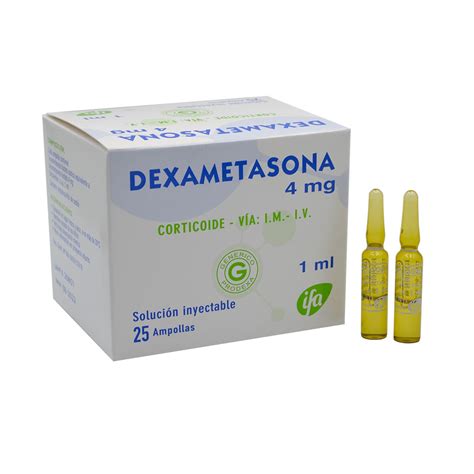The world of glucose testing can be a complex and overwhelming place, especially for those who are new to managing their blood sugar levels. With so many different types of tests, results, and interpretations, it’s easy to get lost in the shuffle. But fear not, dear reader, for this comprehensive guide is here to help you navigate the world of glucose testing with confidence.
Introduction to Glucose Testing
Glucose testing is a crucial tool for diagnosing and managing diabetes, as well as monitoring blood sugar levels in individuals who are at risk of developing the condition. There are several different types of glucose tests, including:
- Fasting Plasma Glucose (FPG) Test: This test measures blood glucose levels after an overnight fast of at least 8 hours.
- Oral Glucose Tolerance Test (OGTT): This test measures blood glucose levels after consuming a sugary drink.
- Random Plasma Glucose Test: This test measures blood glucose levels at any time of day, regardless of when you last ate.
- Hemoglobin A1c (HbA1c) Test: This test measures average blood glucose levels over the past 2-3 months.
Understanding Your Glucose Test Results
So, what do your glucose test results mean? Here’s a breakdown of the different ranges and what they signify:
- Normal: A fasting plasma glucose level of less than 100 mg/dL or an HbA1c level of less than 5.7% is considered normal.
- Prediabetes: A fasting plasma glucose level of 100-125 mg/dL or an HbA1c level of 5.7-6.4% indicates prediabetes.
- Diabetes: A fasting plasma glucose level of 126 mg/dL or higher or an HbA1c level of 6.5% or higher indicates diabetes.
What to Do If You Have Abnormal Results
If your glucose test results indicate that you have prediabetes or diabetes, don’t panic. There are many steps you can take to manage your condition and prevent complications. Here are a few:
- Lifestyle Changes: Eating a healthy diet, getting regular exercise, and losing weight (if necessary) can help regulate blood sugar levels.
- Medication: If lifestyle changes aren’t enough, your doctor may prescribe medication to help manage your blood sugar levels.
- Monitoring: Regular glucose testing and monitoring can help you stay on top of your condition and make adjustments as needed.
Common Questions About Glucose Testing
Here are some common questions about glucose testing, answered:
What is the difference between a fasting plasma glucose test and an oral glucose tolerance test?
+A fasting plasma glucose test measures blood glucose levels after an overnight fast, while an oral glucose tolerance test measures blood glucose levels after consuming a sugary drink.
How often should I get my glucose levels tested?
+The frequency of glucose testing depends on your individual needs and risk factors. Your healthcare provider can help you determine how often you should be tested.
Can I manage my blood sugar levels without medication?
+Yes, many people are able to manage their blood sugar levels through lifestyle changes such as diet and exercise. However, medication may be necessary in some cases to help regulate blood sugar levels.
Conclusion
Glucose testing is an essential tool for managing blood sugar levels and preventing complications from diabetes. By understanding your test results and working with your healthcare provider, you can develop a personalized plan to manage your condition and stay healthy. Remember, it’s all about making informed decisions and taking control of your health.
| Type of Test | What it Measures | Normal Range |
|---|---|---|
| Fasting Plasma Glucose (FPG) Test | Blood glucose levels after an overnight fast | Less than 100 mg/dL |
| Oral Glucose Tolerance Test (OGTT) | Blood glucose levels after consuming a sugary drink | Less than 140 mg/dL |
| Hemoglobin A1c (HbA1c) Test | Average blood glucose levels over the past 2-3 months | Less than 5.7% |
Remember, your health is in your hands. Take control of your glucose levels and start living a healthier, happier life today.


